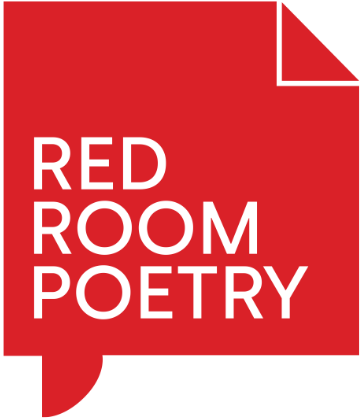"Each day is best lived with all the joy we can squeeze in"
Philip Bunting reflects on his POEM FOREST poem 'Are we here yet?'.
This little ditty was created as a bit of a reminder, to remember to have some fun, and to appreciate each moment, whatever it brings. It’s about the fleeting, ephemeral nature of all life on Earth, and I hope it evokes a feeling of gratitude for being here.
The ancient Greeks, Romans, and many others before them, used to keep little symbols and tokens around them, to help them remember that life – this one life – is for living. These symbols were known as memento mori (which rather grimly translates as ‘remember death’), and those symbols often involved depictions of skulls.
As gloomy as it sounds on the surface, this practice wasn’t maintained to make those people sad or feel down – quite the opposite – their memento mori helped them to live well. Unlike in contemporary culture – at least ours here in Australia – these societies embraced the idea that life is finite. They used these little visual prompts to help prioritise the most important things in life, to remind themselves that each day is a gift, and that they should make the most of it.
So, Are we here yet? is a bit of a memento mori. I hope it prompts feelings of gratitude for what we have, and reminds us that Nature (all of it!) is ephemeral.
Following the example of the mayflies in the poem, each day is best lived with all the joy, love, wisdom and wonder we can squeeze in. We’re all here, right now. Let’s make the most of it.
Parts of the poem
Just in case it helps any of you clever kids with your own process or work, I would like to quickly break down the few simple ideas that comprise my tiny poem. In no particular order:
Character choice
There are thousands of species of mayfly around the world, each with so many wonderful characteristics. But they exist in the collective consciousness – or at least in my mind – as a symbol of the brevity of life. Many species of mayfly have only a single day to enjoy life in their adult form! 24 hours to live, love and die. They’re a powerful symbol. Even on the aesthetic level, these beautiful little bugs are incredibly delicate, flighty and ephemeral.
Title
The title has a little fun with that common question/complaint about long journeys, ‘Are We There Yet?’ We’re all on our own journey right now, and it doesn’t last long. Along the way, it’s easy to forget to have fun, to be here – present – and truly in the moment.
Visual design
The infinity motif is intended as a reminder that we’re all a part of something bigger than ourselves. On every level of existence – from a galaxy to a mayfly – we’re all in process, and in progress. We make up just one tiny part of a much greater whole. The black backdrop was chosen to mimic the universe we’re floating through. Nature, or Life itself gives us meaning, particularly when offset against such a relatively meaningless backdrop.
Method
I have always been inspired by an old English creative fella called William Morris, who wrote and painted, but was most famous for his textile and wallpaper design, back in the 1800s. Morris once said something that really hits home for me, which was: “Have nothing in your house that you do not know to be useful, or believe to be beautiful.”
Around a hundred years later, another of my creative heroes – a German designer named Dieter Rams said, “Good design is as little design as possible. Less, but better – because it concentrates on the essential aspects, and the products are not burdened with non-essentials.”
Morris and Rams form a part of the constellation of guiding lights I look to for guidance at the beginning of every creative project. Their ideas and work may or may not resonate with you, but I hope you can see how the common direction in these ideas helped shape my ‘blink-and-you’ll-miss-it’ two-liner.
Even if it’s only for the sake of experimentation, try taking your work down to only the fewest elements possible – so you’re left with only the bare essentials required to deliver your message, or translate your feeling. Take away all unnecessary bells and whistles. The more superfluous stuff you can remove from your work – more often than not – the stronger it will be.
Keep only the useful or the beautiful.
Less, but better.

